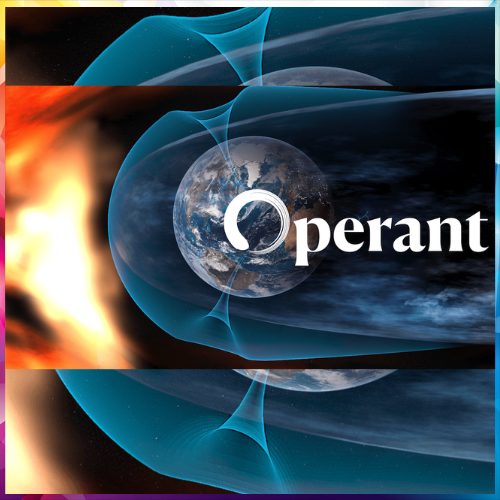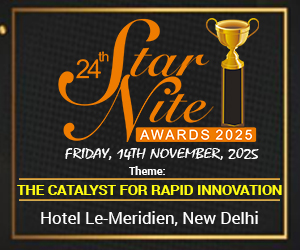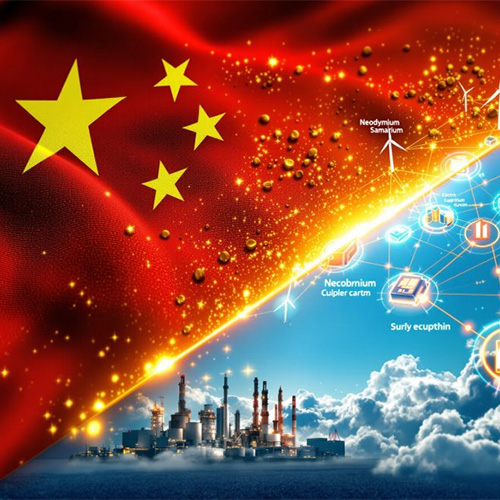
In a blog post Microsoft has published in detail a successful hydrogen fuel cell trial it has carried out at its server farm campus in Latham, New York. Microsoft’s Director of Data Centre Research, Sean James has hailed it as “a moon-landing moment” for the data centre industry.
A proton exchange membrane (PEM) fuel cell technology has been deployed at its Latham site, which generates electricity by facilitating a chemical reaction between hydrogen and oxygen that creates no carbon emissions whatsoever.
“The PEM fuel cell test in Latham demonstrated the viability of this technology at three megawatts, the first time at the scale of a backup generator at a data centre,” the blog post stated.
“Once green hydrogen is available and economically viable, this type of stationary backup power could be implemented across industries – from datacentres to commercial buildings and hospitals.”
In 2018, as an alternative of diesel backup generators the company started its experiment with PEM fuel cells, having previously tested and ruled out the use of natural gas-powered solid oxide fuel cells on cost grounds.
This work gave way to a collaboration between Microsoft and the National Renewable Energy Laboratory in 2018 that saw the pair deploy a 65 kW PEM fuel cell generator to power a rack of computers.
In 2020, this work progressed to the building and creation of a system that could power a 10-rack row of data centre servers for 48 consecutive hours with the help of a 250-kilowatt hydrogen fuel cell system.
It was the success of this proof-of-concept that paved the way for the PEM fuel cell system at its data center in Latham, New York, which was built by commercial green hydrogen technology maker Plug.
The company packed 18 125 kW PEM fuel cells into a pair of 40-foot-long shipping containers to support the Latham site, which are the largest Plug has ever made, the blog post confirmed.
“With the prototype testing complete and the concept proven, Plug is focused on rolling out an optimised commercial version of high-power stationary fuel cell systems that have a smaller footprint and a more streamlined and polished aesthetic,” the blog post stated.
See What’s Next in Tech With the Fast Forward Newsletter
Tweets From @varindiamag
Nothing to see here - yet
When they Tweet, their Tweets will show up here.





























